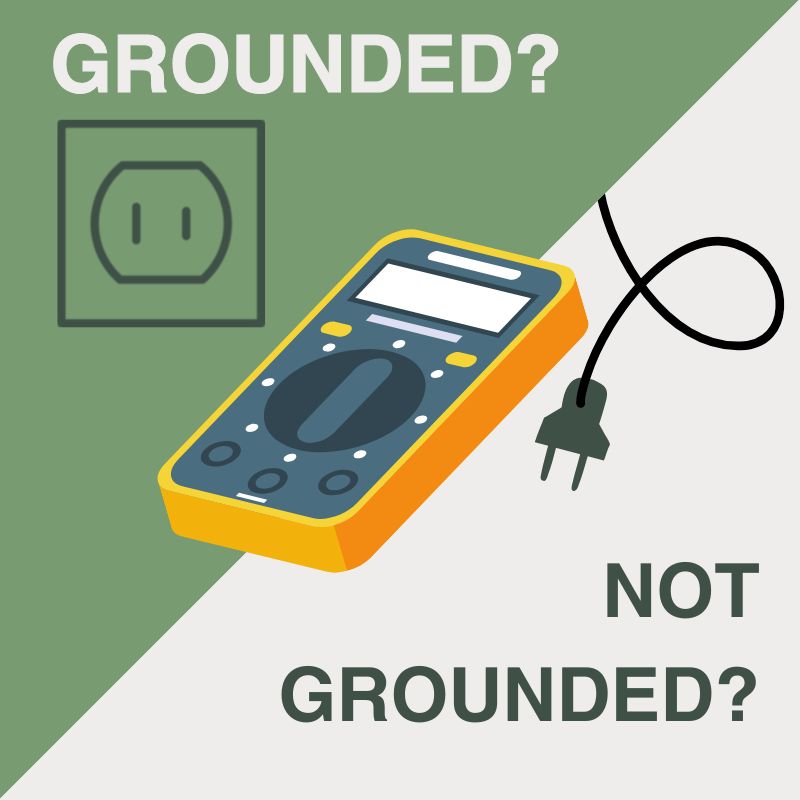
How to check if we have grounding in the socket?
How to Check If Your Outlet Is Grounded Before Buying a Grounding Sheet
Thinking about buying a grounding sheet but unsure whether your outlet is actually grounded? You don't need a special tester—a regular multimeter will do the job!
How to Check for Grounding Using a Multimeter
Follow these steps to determine if your outlet is properly grounded:
1. Set Up Your Multimeter
-
Set the multimeter to AC voltage measurement and choose a range above 230V.
2. Test the Voltage Between the Hot and Ground Slots
-
Insert one probe into the hot slot (usually the right-side hole when looking at the outlet).
-
Insert the other probe into the ground slot (the metal grounding pin or hole).
-
If the outlet is properly grounded, the multimeter should show a voltage reading of around 230V.
3. Verify the Voltage Between the Hot and Neutral Slots
-
Place the probes between the hot slot and the neutral slot (usually the left-side hole).
-
You should see a voltage reading of approximately 230V.
4. Check for No Voltage Between Neutral and Ground
-
Place the probes between the neutral slot and the grounding pin.
-
The voltage reading should be 0V or close to zero.
Interpreting the Results
✅ If your readings match the expected values above, your outlet is properly grounded.
❌ If the readings are incorrect or inconsistent, your outlet may not be grounded, and you might need to explore other grounding options before using a grounding sheet.
This quick check ensures that your grounding sheet can function properly, allowing you to experience the full benefits of grounding!
